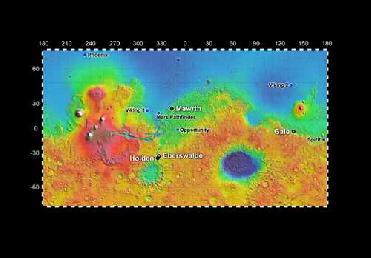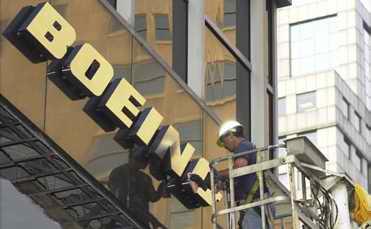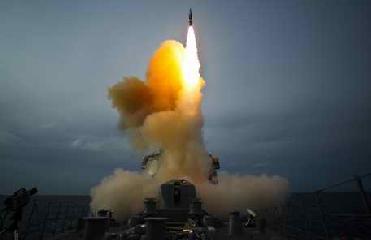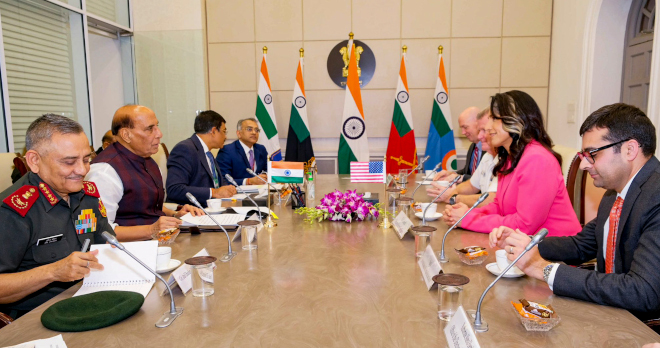
The four final landing sites for Mars Science Laboratory. NASA/JPL-Caltech
WASHINGTON (BNS): Scientists have identified four intriguing places as NASA selects a landing site for its next Mars mission -- the Mars Science Laboratory.
The US space agency had a wider range of possible landing sites to choose from than for any previous mission, thanks to the mission's advanced technologies, and highly capable orbiters including the Mars Reconnaissance Orbiter, helping it identify scientifically compelling places to explore.
According to NASA, the mission's capabilities for landing more precisely than ever before and for generating electricity without reliance on sunshine have made landing sites eligible that would not have been acceptable for past Mars missions.
The Mars Science Laboratory project leaders are working at NASA's Jet Propulsion Laboratory in Pasadena, California, where they were busy identifying the sites. They took inputs from international Mars experts and engineers working on the landing system and its rover capabilities.
The four sites are: Eberswale, Gale, Holden and Mawrth. Each has its own significance. Eberswale is a place where an ancient river deposited a delta in a possible lake. Gale has a mountain of sacked layers including clays and sulphates. Holden is a crater with alluvial fans with geomorphological features like alluvial fans, flood deposits, lakebeds and clay-rich deposits. The fourth place Mawrth shows exposed layers containing at least two types of clay, NASA said.
Gale is located near the equator, Mawrth is in the north and Eberswale and Holden are in far south.
"All four of these sites would be great places to use our roving laboratory to study the processes and history of early Martian environments and whether any of these environments were capable of supporting microbial life and its preservation and bio signatures," said California Institute of Technology's John Grotzinger, a scientist working for the Mars Science Laboratory.
NASA has been working on identifying the sites for the last two years and several places were looked into closely. The evaluation of Mars orbiter observations of the four sites would be carried out before the final site is selected. This would be done at NASA's science workshop. Three such workshops have already been held in 2006, 2007 and earlier this year attended by more than 100 Mars scientists who discussed around 30 sites.
"Landing on Mars always is a risky balance between science and engineering. The safest sites are flat, but the spectacular geology is generally where there are ups and downs, such as hills and canyons. That's why we have engineered this spacecraft to make more sites qualify as safe," a mission officer was quoted as saying.
NASA's new Mars spacecraft would be the first one to adjust its course as it descends through the Martian atmosphere responding to variability in the atmosphere.
 Previous Article
Previous Article Next Article
Next Article











The Indian Air Force, in its flight trials evaluation report submitted before the Defence Ministry l..
view articleAn insight into the Medium Multi-Role Combat Aircraft competition...
view articleSky enthusiasts can now spot the International Space Station (ISS) commanded by Indian-American astr..
view article